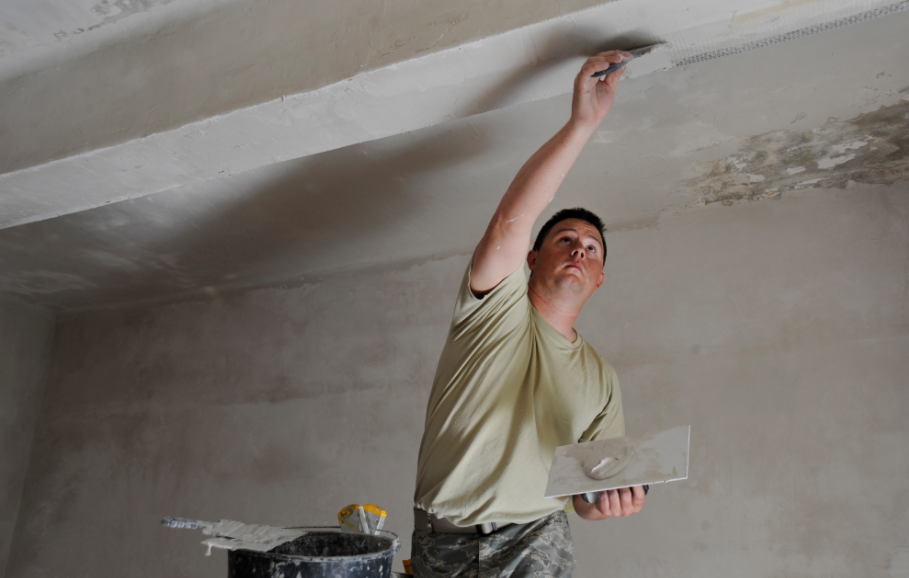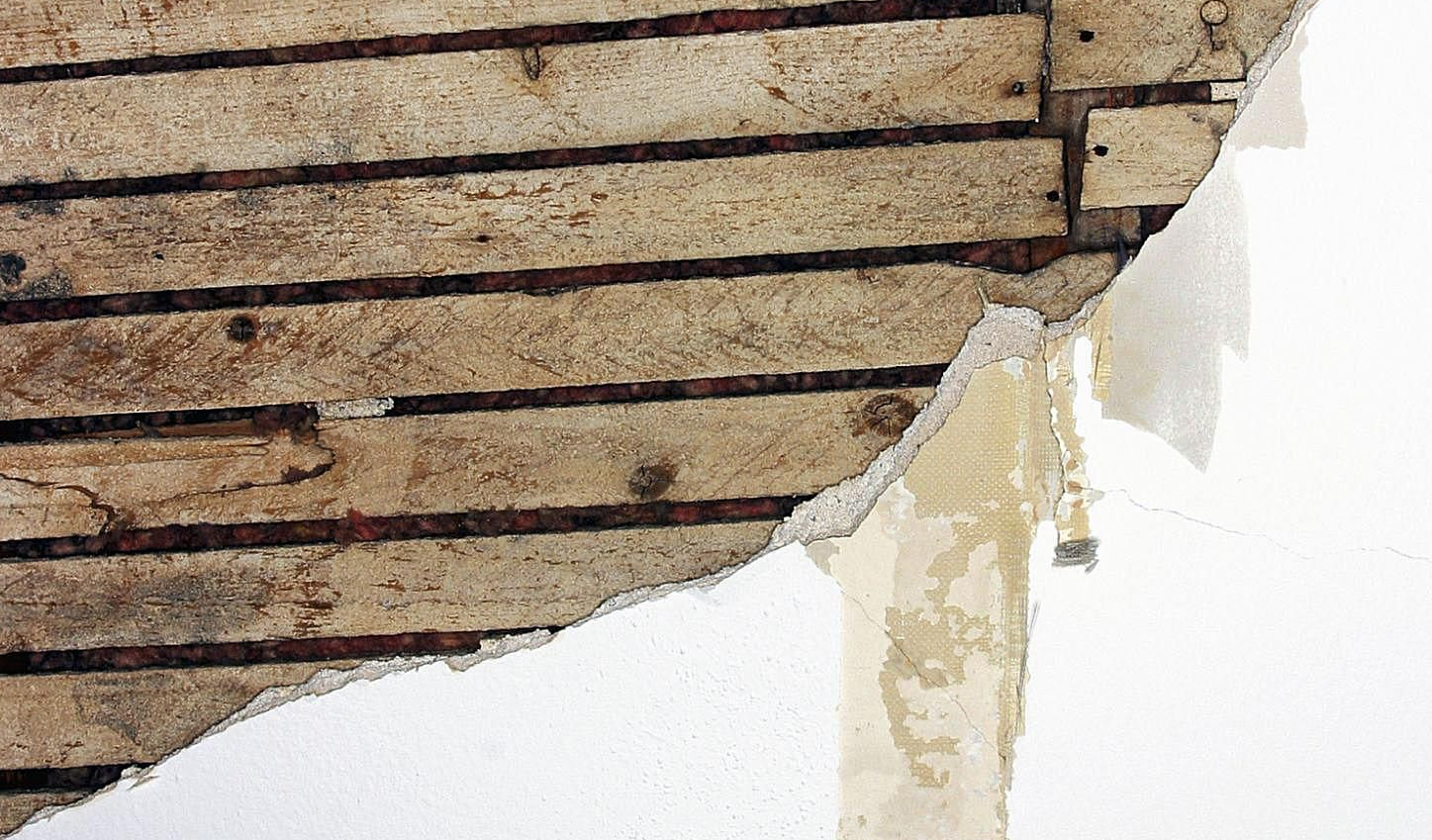Wondering how to patch large holes in plaster walls? Or simply how to repair cracks in plaster walls? Well fret no more. Our handy article will teach you everything you need to know and explain exactly how to repair plaster walls!
Here at Gypsumtools, we know how important it is that a job gets done well, and we understand how frustrating it is when you’re confronted with poorly plastered masonry and asked to patch it up. That’s why we thought we’d give you our guide to how to repair plaster. With these tips in mind, you should be able to fix a bad job and maintain that high standard clients have come to expect in no time at all.
Fix a bad plastering job
- Preparation is key
Start by using a hammer and chisel to remove all the loose material around the area needed to be patched up making sure you undercut the edges. A wirebrush can also be used to completely clear the area.
- Get a Good Mix
Mix the plaster roughly to a 50/50 ratio. Start with a half bucket full of water and add the plaster to that according to the ratio. Mix thoroughly with a clean stick until the plaster is thick, relatively smooth and has no lumps. Then turn the mixture onto a hawk.

- Filling the Patch with Plaster
Ensure the area needed to be patched is dampened. Next, use a plastering trowel to transfer a decent amount of mixture onto a hawk board.
Once you’ve got it onto your hawk board stand close to the patch and in one continuous motion scrape half the plaster onto the trowel. Then, hold the trowel with the angle slightly towards the wall and press the mixture onto the area you want to patch up. Press this mixture into the patch and gradually flatten it.
Bear in mind, you don’t want to have a trowel that’s completely flat against the wall. This will cause you to pull plaster off the wall rather than onto it.
Until the patch is filled to the point it overflows slightly you will want to keep repeating this procedure. It’s important not to overwork the plaster as that then weakens it and makes it fall off.
- Skimming
After covering the surface, go over it again to smooth it to an even level. The trowel should be held at slight angle and so only one of the edges touches the plaster at one time.
After the plaster starts to set at around the 45 minute mark go over it again with a damp trowel for a more polished finish.
- How to Patch Plaster Wall Holes – Deeper hole filling
You may have to put on two layers of plaster if the patch is deep. To do this, apply the first coat to half the depth of the patch and when it is only half set, scratch up the surface and leave it to set without it completely drying out. Apply a second coat to rule it off and when it is set, skim coat it to finish.
Contact us to find out more!
If you’re still struggling on how to repair a bad plastering job, or have any more questions, don’t hesitate to get in touch. Our staff are vastly experienced and will be more than happy to answer any queries. Also, if you’re looking for any of the tools listed above or want to upgrade your existing hardware make sure you have a browse of our products online; we’ve got some great products that can make your plastering life that little bit easier.

